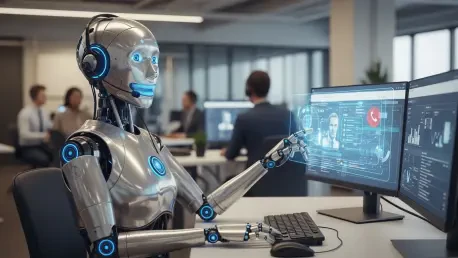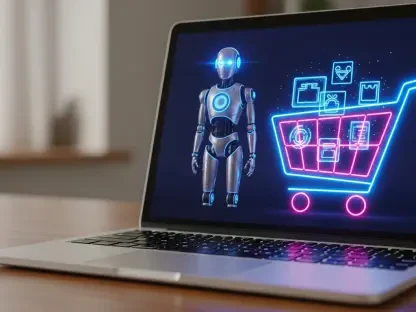I’m thrilled to sit down with Zainab Hussain, our esteemed retail expert and e-commerce strategist, who brings a wealth of experience in customer engagement and operations management. Today, we’re diving into the exciting partnership between two innovative forces in the contact center industry, exploring how their collaboration is set to transform customer support with cutting-edge AI and knowledge management tools. We’ll discuss the challenges they aim to address, the unique synergy of their technologies, and the impact on industries with high compliance demands, all while keeping the human touch at the core of service.
How does this new collaboration between two leaders in contact center technology aim to reshape the industry?
This partnership is a game-changer for contact centers. It brings together advanced AI solutions with visual guidance tools to create a seamless, efficient, and accurate support system. The focus is on empowering agents to deliver faster resolutions and consistent experiences, which ultimately raises the bar for customer service across various sectors. It’s about making complex processes simpler and ensuring every interaction leaves a positive impression.
What are some of the biggest hurdles in contact centers that this partnership is looking to overcome?
One of the primary challenges is inconsistency in service delivery, often due to complex workflows or inadequate training. Agents sometimes struggle with navigating intricate processes, leading to errors or delays. This collaboration tackles those issues by providing clear, visual step-by-step guidance paired with AI-driven insights, ensuring agents have the right information at their fingertips to handle any scenario effectively.
How does the integration of visual guidance tools with AI capabilities enhance the day-to-day work of contact center agents?
The combination is incredibly powerful. Visual guidance offers a clear roadmap for agents, breaking down complicated tasks into manageable steps, while AI anticipates needs and provides real-time suggestions. For instance, during a customer query about a payment issue, the agent can follow a visual workflow while the AI pulls relevant data or suggests solutions, making the interaction smoother and more accurate.
Can you paint a picture of how specific automation features, like task triggers or embedded calculators, play out in a real-world contact center scenario?
Absolutely. Imagine an agent handling a customer request for a balance update. With embedded calculators, the system instantly computes the exact amount—no manual math needed. Task automation can then trigger a CRM update or generate a follow-up ticket in seconds. This cuts down on mundane tasks, letting agents focus on building rapport with the customer rather than getting bogged down by repetitive work.
In what ways do real-time data tools, such as synced display tables, contribute to better customer interactions?
These tools ensure that agents always have the most current information without toggling between systems. For example, if a customer calls about an order status, synced display tables can show the latest shipping details instantly. This eliminates delays and reduces the chance of providing outdated info, which builds trust and boosts the customer’s overall experience.
How does this partnership maintain a balance between automation and the human element in customer service?
The core philosophy here is that technology should support, not replace, human agents. AI and automation handle the heavy lifting—data retrieval, process guidance, routine tasks—while agents bring empathy, creativity, and problem-solving to the table. It’s about equipping people with tools to shine in their roles, ensuring customers still feel that personal connection during every interaction.
For industries like healthcare or finance with strict regulatory needs, how does this collaboration address compliance challenges?
Compliance is non-negotiable in these sectors, and this partnership excels by ensuring consistency and accountability. The visual guidance tools provide standardized workflows to follow, reducing the risk of deviation, while AI ensures data accuracy and tracks actions for audit purposes. This means businesses can confidently meet regulatory standards and avoid costly missteps.
What is your forecast for the future of AI and knowledge management in contact center operations?
I see AI and knowledge management becoming even more intertwined, creating smarter, more adaptive systems that learn from every interaction. Over the next few years, I expect contact centers to leverage these technologies not just for efficiency, but to predict customer needs before they even arise. The focus will remain on enhancing human capabilities, ensuring that technology serves as a partner in delivering exceptional, personalized experiences.









